 Toonboom did a promotional piece a while back for their Storyboard Pro software. They posted a video, that I can’t imbed, interviewing the principals at Toronto’s House of Cool: Ricardo Curtis, Founder and President, Wesley Lui, Co-founder and Director of Operations and Andrew Ng, Television Story Supervisor.
Toonboom did a promotional piece a while back for their Storyboard Pro software. They posted a video, that I can’t imbed, interviewing the principals at Toronto’s House of Cool: Ricardo Curtis, Founder and President, Wesley Lui, Co-founder and Director of Operations and Andrew Ng, Television Story Supervisor.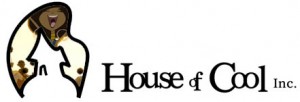
The interview is definitely a promo, but it does showcase how digital technologies have changed the production process, cutting down in really basic areas such as shipping costs and time, and even just the old-time ordeal of manning a photocopier for the many copies of a board that would be distributed to the artists. This may not sound like much to someone raised in the current, post-paper studio environment, but anyone who’s had to stare into the blinding, repetitive glow of the copier will know exactly what I’m talking about (I used to wear sunglasses when it was my turn).
I love seeing that the technology is finally getting it right. Watching people draw on Cintiqs, actually drawing right there on the screen, eases all the fears I had in the early days. The immediate, tactile skill of drawing can’t be side-stepped. The artist is acknowledged in the process. Sure, most flash shows out there are still mainly about pushing symbols around, but it’s nice to know that the tools are being designed with the artist in mind, something that wasn’t apparent back when the computer loomed as a potential “replacement” for the drawing hand.
Yes, it’s important to save money where we can. It’s essential to streamline production methods and cut down on redundancies. Animation, or at least, the production of animation for film and television, is a strange hybrid of art and commerce. But with the right tools, and a respect for both the art, and the bottom line, I believe that both sides of the coin can be served equally, with compromise, rather than sacrifice.
Also, if you want to check out some great artwork, the HoC Blog provides.

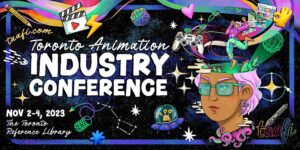
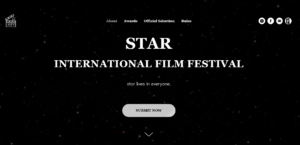
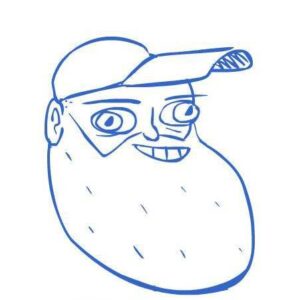
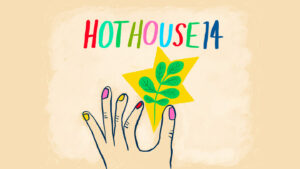
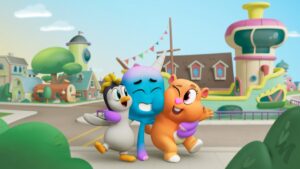
Be First to Comment